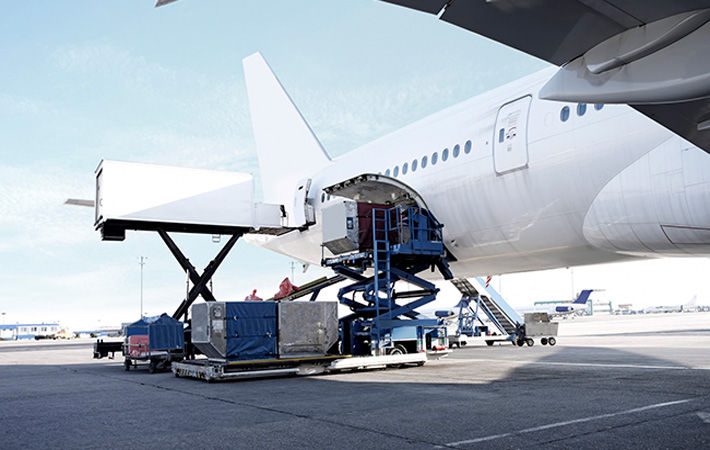
Indicators like inventory levels and manufacturing output are favourable; world trade is forecast to grow at 9.5 per cent this year and 5.6 per cent in 2022; e-commerce continues to grow at a double-digit rate; and demand for high-value specialised cargo is rising, IATA said in a press release.
“In 2020, the air cargo industry generated $129 billion, which represented approximately a third of airlines’ overall revenues, an increase of 10-15 per cent compared to pre-crisis levels. Looking towards the future, the outlook is strong. We need to maintain the momentum established during the crisis and continue building resilience post pandemic,” said Brendan Sullivan, IATA’s global head of cargo.
This year cargo demand is expected to exceed pre-crisis (2019) levels by 8 per cent and revenues are expected to rise to a record $175 billion, with yields expected to grow by 15 per cent.
In 2022, demand is expected to exceed 2019 levels by 13 per cent, with revenues expected to rise to $169 billion, though there will be an 8 per cent decline in yields.
“The surge in demand for air cargo and attractive yields are not without complications. Pandemic restrictions have led to severe global supply-chain congestion and created hardships for aircrew crossing international borders. Resourcing and capacity, handling and facility space and logistics will be an issue. This will create further operational challenges for our industry that must be planned for now,” said Sullivan.
“Sustainability is our industry’s license to grow. Shippers are becoming more environmentally conscious and are being held accountable for their emissions by their customers. Many are now reporting how much their supply chains produce in emissions, and they are looking for carbon-neutral transportation options. We all need to meet customer expectations for the highest standards of sustainability. The path from stabilizing to reducing net emissions will require a collective effort,” he added.
At IATA’s annual general meeting last week, airlines committed to achieve net-zero carbon emissions by 2050. This commitment will align with the Paris Agreement goal for global warming not to exceed 1.5 degrees Celsius.
The strategy is to abate as much carbon dioxide as possible from in-sector solutions like sustainable aviation fuels, new aircraft technology, more efficient operations and infrastructure, and the development of new zero-emissions energy sources such as electric and hydrogen power.
IATA highlighted three major projects moving the industry towards digitalisation and the progress being made in each. E-air waybill is at 75 per cent now and is expected to achieve 100 per cent by the end of 2022.
IATA’s ONE Record vision, enabling the whole supply chain to work together off one standardised and exchangeable set of data has 17 pilots in progress involving 145 companies and three customs authorities. Its Cargo XML messaging standards are being accepted by an increasing number of customs authorities.
Fibre2Fashion News Desk (DS)